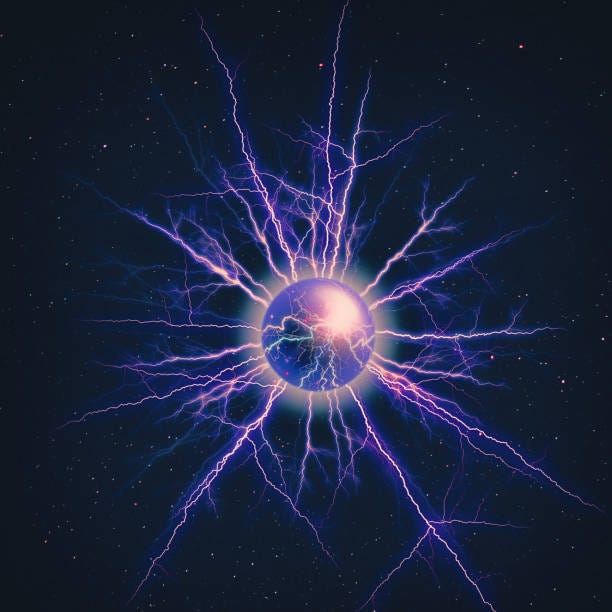Unraveling the Mysteries of Dark Energy and Dark Matter
Written on
Introduction to the Cosmos
The universe, vast and enigmatic, conceals numerous secrets that challenge even the most brilliant astrophysicists. Among these are dark energy and dark matter, which collectively account for approximately 95% of the universe's total mass-energy content. In this article, we will delve into the mysterious characteristics of dark energy and dark matter, examining their crucial roles in the cosmos.
Dark Matter: The Invisible Sculptor
Dark matter represents an elusive form of matter that neither emits, absorbs, nor reflects light, rendering it nearly impossible to observe directly. Its existence is inferred through its gravitational effects on visible matter, such as galaxies and clusters of galaxies. While dark matter does not interact with light, it generates a gravitational force that influences the movement of stars and galaxies.
Various observational techniques, including the analysis of galaxy rotation curves and gravitational lensing, provide robust evidence for dark matter's existence. The prevailing theory posits that dark matter consists of exotic particles that interact weakly with ordinary matter, making them difficult to detect through standard methods. Scientists are actively pursuing experiments in underground laboratories and particle accelerators to identify and study these elusive particles.
Dark Energy: The Cosmic Accelerator
In contrast, dark energy is an enigmatic force responsible for the accelerated expansion of the universe. Unlike dark matter, which impacts visible matter through gravitational effects, dark energy influences the cosmos on a much larger scale. The discovery of this accelerated expansion, which was awarded the Nobel Prize in Physics in 2011, sparked further questions regarding its nature.
One notable theory regarding dark energy is the cosmological constant, introduced by Albert Einstein in his general theory of relativity. This constant signifies a repulsive force that counteracts gravity on a cosmic scale, resulting in the observed acceleration. Alternatively, there exists a dynamic field known as quintessence, which evolves over time and alters the rate of expansion.
The Cosmic Dance: Interplay of Dark Energy and Dark Matter
Although dark matter and dark energy may appear to function independently, both are essential to the cosmic ballet that shapes the universe's structure. Dark matter serves as the cosmic framework, providing the gravitational scaffolding necessary for the formation of galaxies and clusters. Conversely, dark energy propels the universe's expansion, stretching the fabric of space itself.
The intricate balance between these two mysterious forces dictates the fate of the cosmos. Gaining insight into their properties and interactions is vital for unraveling the universe's story, from the Big Bang to its most distant reaches.
Unanswered Questions and Future Investigations
Despite significant strides in our understanding of dark matter and dark energy, numerous questions remain unanswered. The quest for the true nature of dark matter particles continues, with experiments like the Large Hadron Collider (LHC) and underground detectors aiming to achieve groundbreaking discoveries.
Simultaneously, the investigation of dark energy involves ongoing observations of distant supernovae, galaxy clusters, and the cosmic microwave background. Upcoming missions, such as the James Webb Space Telescope, are expected to yield unprecedented insights into dark energy's nature and the early universe.
Conclusion: The Enigmas of Dark Energy and Dark Matter
Dark energy and dark matter represent two of the most intriguing puzzles in astrophysics, challenging our understanding of the universe's foundational elements. The pursuit of knowledge about these enigmatic forces drives scientific exploration, stretching the limits of our comprehension and inspiring awe at the universe's vastness and complexity.
As technology advances and new discoveries unfold, we move closer to unraveling the cosmic tapestry woven by dark energy and dark matter, revealing the secrets hidden in the celestial expanse.

Chapter 1: Dark Matter Unmasked
Dark Matter's Nature
This video delves into the hidden universe, revealing the roles of dark matter and dark energy, and how they influence the cosmos.
Chapter 2: The Secrets of Dark Energy
Exploring Dark Energy
In this video, we explore the enigmas surrounding dark energy, shedding light on its impact on the universe's expansion.